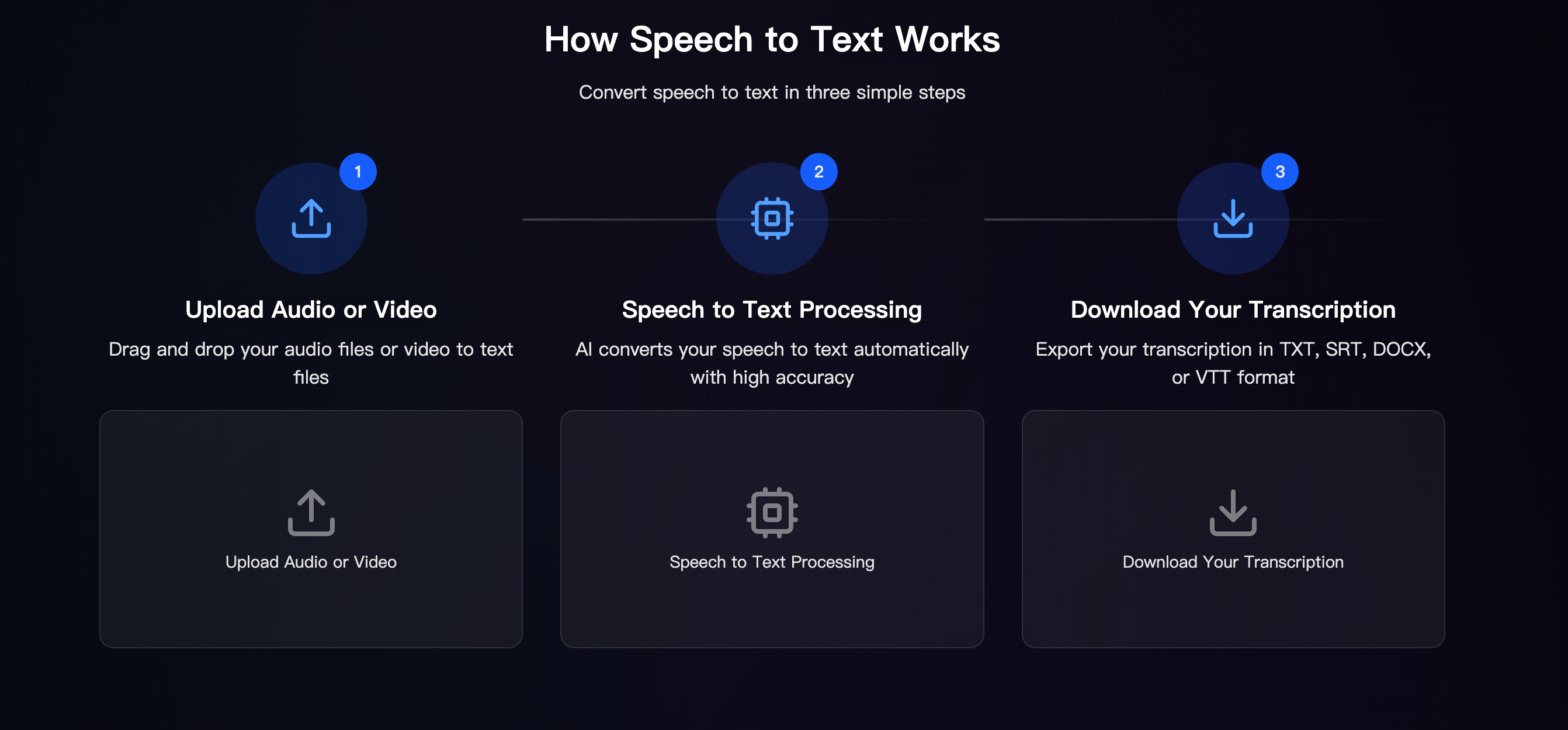Back to Blog
Speech to Text with Harku: The Simple 2025 Guide (Real-Time, SRT, Free)
Harku Team
October 31, 2025
7 min read

Ready to Convert Your Videos?
Start converting MP4 to SRT with Harku - fast, accurate, and free to try.
Try Harku Free
Start converting MP4 to SRT with Harku - fast, accurate, and free to try.
Try Harku Free